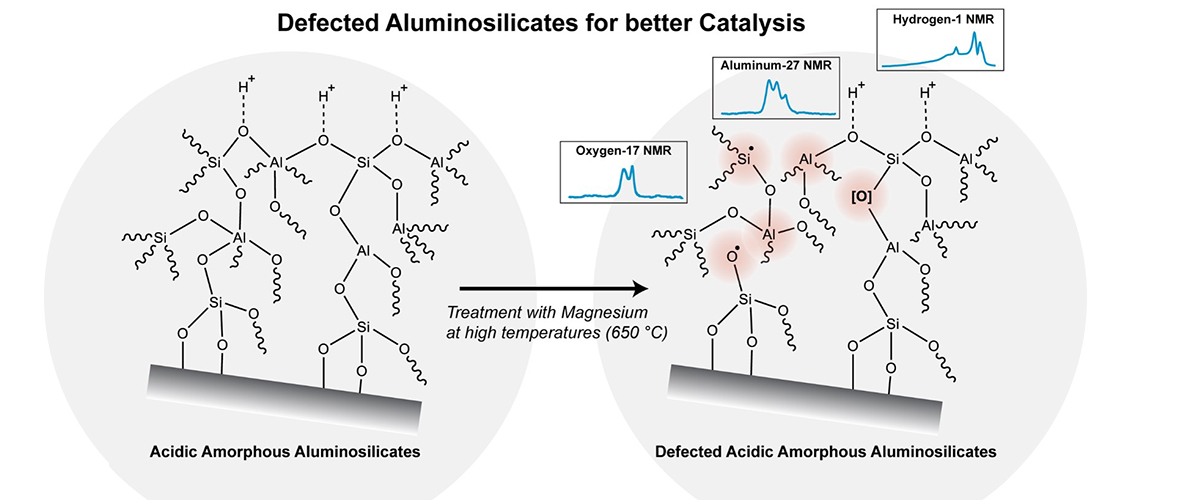What did scientists discover?
Initial MagLab user experiments demonstrate excellent stability and homogeneity of this first ever high-temperature superconducting (HTS) user magnet. Studying a tellurium compound at magnetic fields up to 25 teslas, researchers work to probe the structure of internal magnetic fields of the various states in the vicinity of a purported spin nematic state. Spin nematics were predicted more than 30 years ago, but have yet to be experimentally confirmed. By probing the spin dynamics of the novel high-field quantum spin-nematic (SN) state using solid state nuclear magnetic resonance (NMR), MagLab users hope to definitively prove its existence in condensed matter systems.
Why is this important?
A primary goal of high-field condensed matter science is to discover new quantum states of matter that may be useful for technological applications, particularly quantum information science. NMR is presently the best option to discover whether spin-nematic states exist. spin-nematic states are predicted to be an avenue for developing quantum information devices.
Who did the research?
J. Link,1 S. Ramakrishna,2 A. Reyes,2 E.L. Green,2 M. Jaime,3 F. Weickert,3 I. Heinmaa,1 H. Berger,4 A. A. Tsirlin,5 and R. Stern1
1NICPB, Estonia; 2National MagLab-FSU; 3National MagLab-LANL; 4EPFL; 5Univ. of Augsburg
Why did they need the MagLab?
The combination of sufficiently stable magnetic fields with high homogeneity is crucial for solid state NMR measurements. The 32T all-superconducting magnet enables scientists to remain at high fields for indefinite periods of time while avoiding extreme power bills. This will allow them to perform measurements of relaxation times that require high stability and high homogeneity at ultra-low temperatures over long periods of time in order to accurately test theoretical predictions for the spin nematic phase.
Details for scientists
- View or download the expert-level Science Highlight, Probing a Purported Spin Nematic State Utilizing the World Record 32T All-Superconducting Magnet
Funding
This research was funded by the following grants: G.S. Boebinger (NSF DMR-1644779)
For more information, contact Tim Murphy.



![(Left) 125Te spectral line and effective gamma with respect to magnetic field. Black circles are from the 36T Series Connected Hybrid while the pink diamonds are from the new HTS 32T magnet. (Right) Phase diagram for H//c highlighting the possible spin-nematic state. [PRB 94 064403 2016] Solid circles are from magnetostriction. Open circles from magnetostriction and thermal expansion. Open triangles from magnetization.](/media/z0nigcdk/jan2021_dc_field_probing_spin_nematic_state.jpg)


